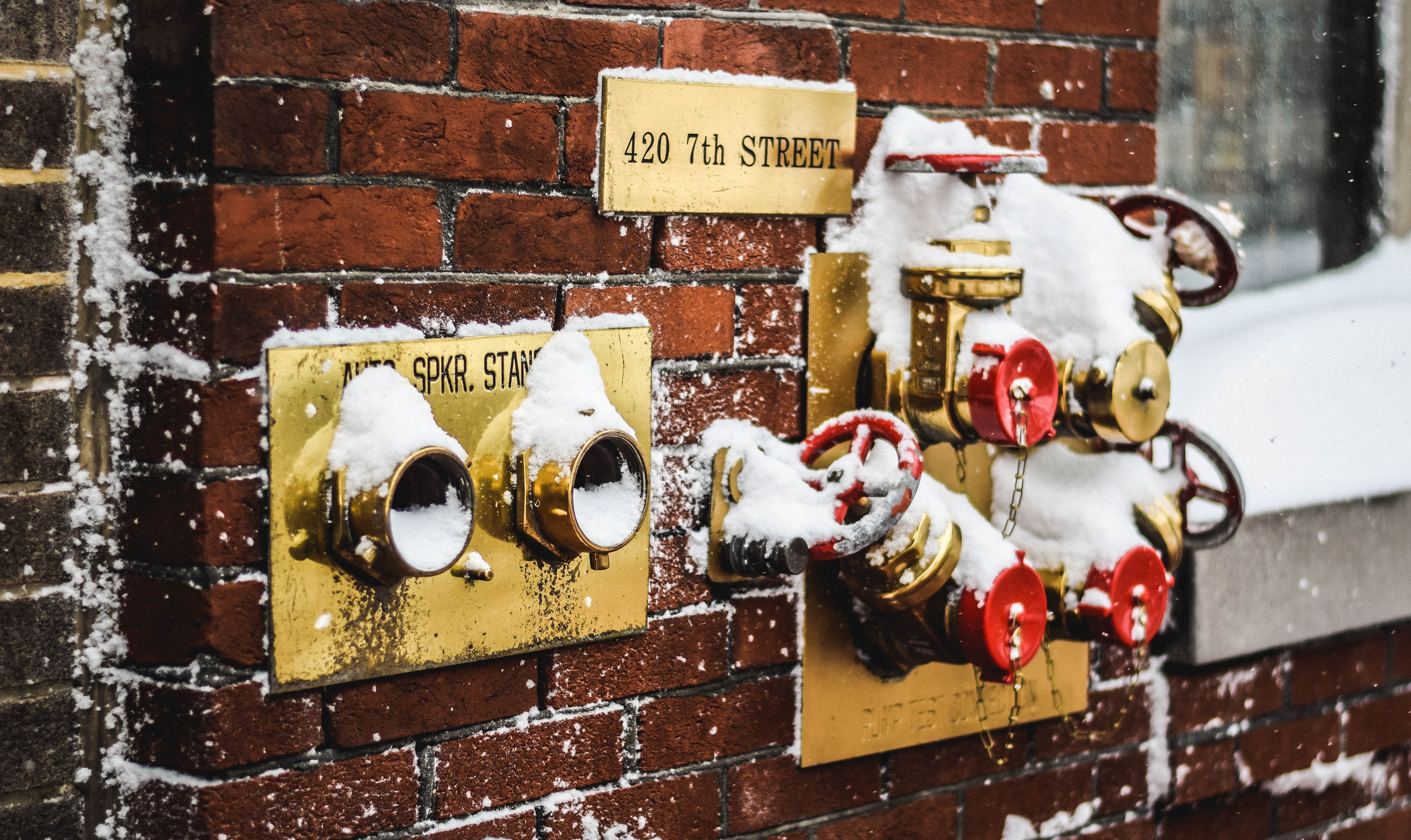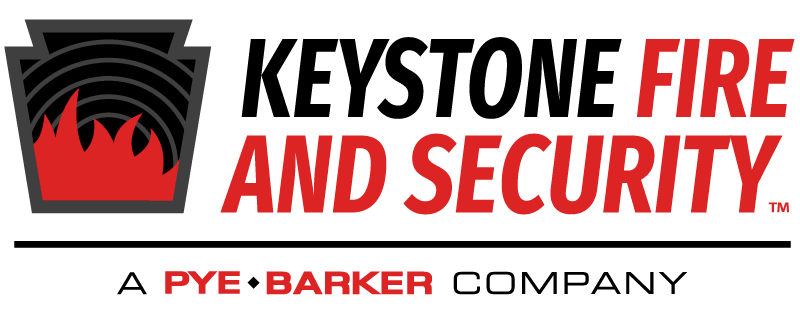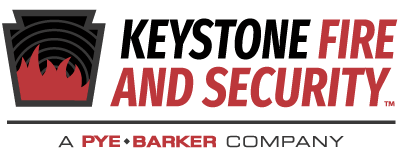While it’s always important to inspect and test your fire protection systems, it’s especially important to keep your fire safety equipment in working order during the winter months due to increased fire hazards. Fire sprinkler systems are an important example of fire protection that can prevent enormous and costly damages and protect employees or residents of commercial buildings by extinguishing fires early. In the winter months, temperatures plummet, and your fire sprinkler system can potentially become useless if the pipes that deliver the water to the detected fire are frozen. What’s more, a frozen pipe may burst and lead to water damage, even if there is no fire detected in your building. You can prevent freezing and potentially bursting pipes by properly winterizing your fire sprinkler system. To understand the consequences of frozen fire sprinkler system pipes and how you can prevent freezing through cold weather preventative maintenance, continue reading.

What Temperatures and Conditions Cause Fire Sprinkler Systems to Freeze?
There are different kinds of fire sprinkler systems. Those that hold water in the pipes are called wet sprinkler systems. Although we know that water freezes at 32 degrees Fahrenheit, the National Fire Protection Association standard 25 stipulate that wet sprinkler systems be maintained at a minimum of 40 degrees Fahrenheit. It is also recommended that wet systems not be exposed to freezing temperatures, which can happen when insulation is disrupted when pipes exit then re-enter the building, or where there is a lack of building heat. Dry sprinkler systems are those that keep pressurized air inside the pipes instead of water, so they can withstand freezing temperatures. However, careful maintenance is needed to keep these pipes from freezing if they are exposed to sub-32-degree temperatures. In addition, the source pump, where the water is kept pressurized, needs to be in a room that is above 40 degrees.

Why do Fire Sprinkler System Pipes Burst?
Since ice is less dense than water, water expands as it freezes. You can see examples of this if you freeze a soda can or a beer bottle. The container will burst. The same thing happens with pipes. If water is allowed to freeze in pipes due to extended periods in low temperatures, the pressure is exerted by the ice on the remaining liquid water inside the pipes. As more and more ice forms, the water becomes increasingly pressurized. Eventually, the ice has expanded and created so much pressure that the pipe bursts. Since the ice is pressurizing the water in the pipe, the burst in the pipe may actually be at a different location than the ice blockage.
How can you Prevent Fire Sprinkler Systems from Freezing?
The most effective way of keeping your fire sprinkler system from freezing is to provide regular year-long maintenance. You should contact a professional fire protection company like Keystone Fire Protection Co. to discuss how you can prevent pipe freezing and regular fire sprinkler system maintenance. As a property owner, you are responsible for keeping the temperature of your building at the appropriate temperature, especially if you have a wet fire sprinkler system. Make sure that the building is heated and that there are back-up heating options if there is an electrical power outage. The most common places that can become cooler than the rest of the building and pose a risk of freezing are attics, entryways, and stairwells. If these areas can’t be kept warm you need to insulate your pipes. If you have a dry pipe system, you should visually inspect and drain your pipes every few days at low points which can collect moisture and condensation.
Keystone Fire Protection Co. can help Winterize your Fire Sprinkler Systems
Your fire sprinkler system should be inspected annually. At an annual inspection, a qualified professional will take steps to prevent your fire sprinkler system pipes from freezing with routine maintenance. If you have a wet system, a skilled technician will test samples from your fire sprinkler system to make sure the water in your pipes has the correct concentration of antifreeze. This concentration is important and prevents the freezing and bursting of pipes. If you have a dry system, a professional will drain the fire sprinkler system and then flush it with water to make sure it is operating properly and there are no cracks or leaks. Once the pipes are dry, the technician will seal the pipes and pressurize them with air. Contact Keystone Fire Protection Co. today to have a highly qualified fire sprinkler system technician inspect and test the sprinkler at your facility.

